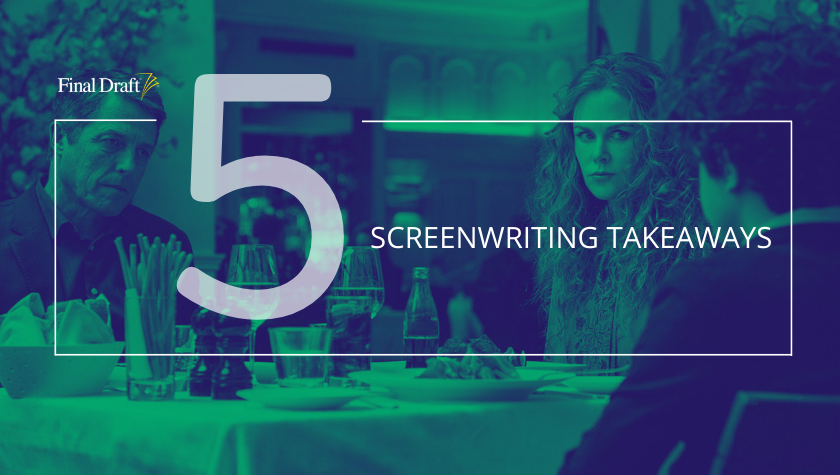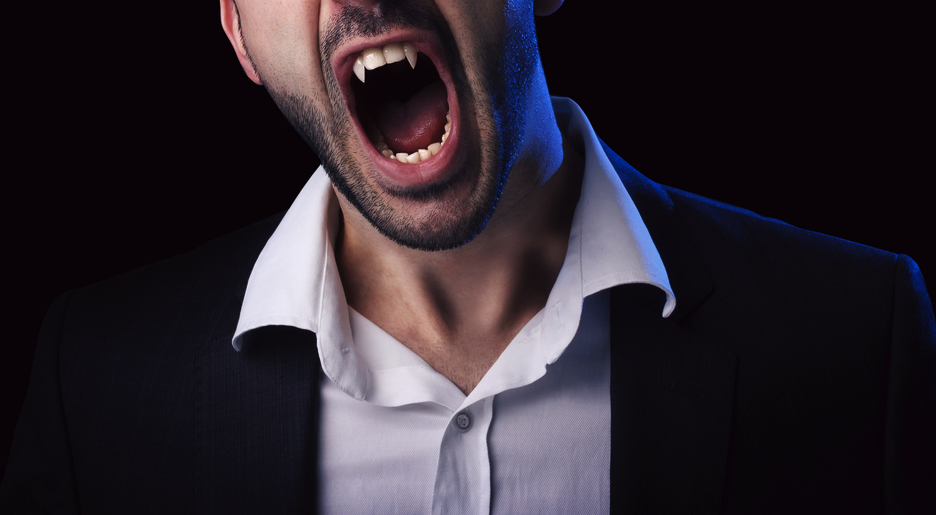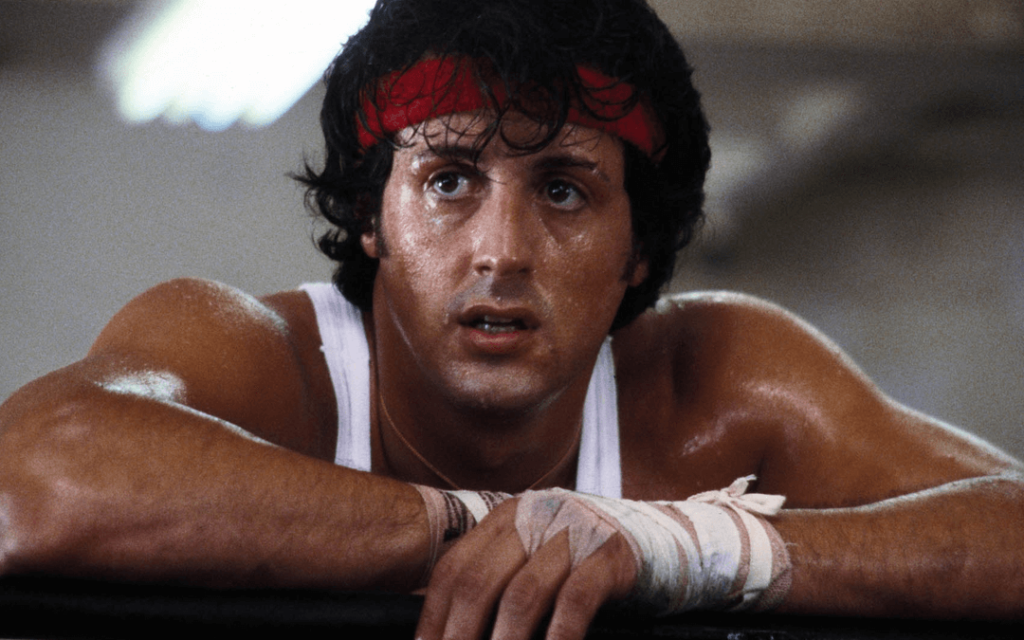Character Archetype: The Femme Fatale
June 16, 2023
The femme fatale is a notable character archetype in cinema history. Think Catherine Tramell from Basic Instinct or Amy Dunne from Gone Girl. A true femme fatale is as captivating as she’s conniving, and desirable as she is deadly.
Otherwise known as a “seductress,” “man-eater,” or “vamp,” the femme fatale is French for “fatal woman.” She’s usually depicted as a seductive woman who woos the male protagonist into a dangerous trap for her own benefit. She’s typically used as a nemesis, trickster, or attractor in stories.
If you’re interested in using the femme fatale archetype in your screenplay, here’s what you need to know about the classic trope.
Read More: Write On with 'Reprisal' Creator Josh Corbin
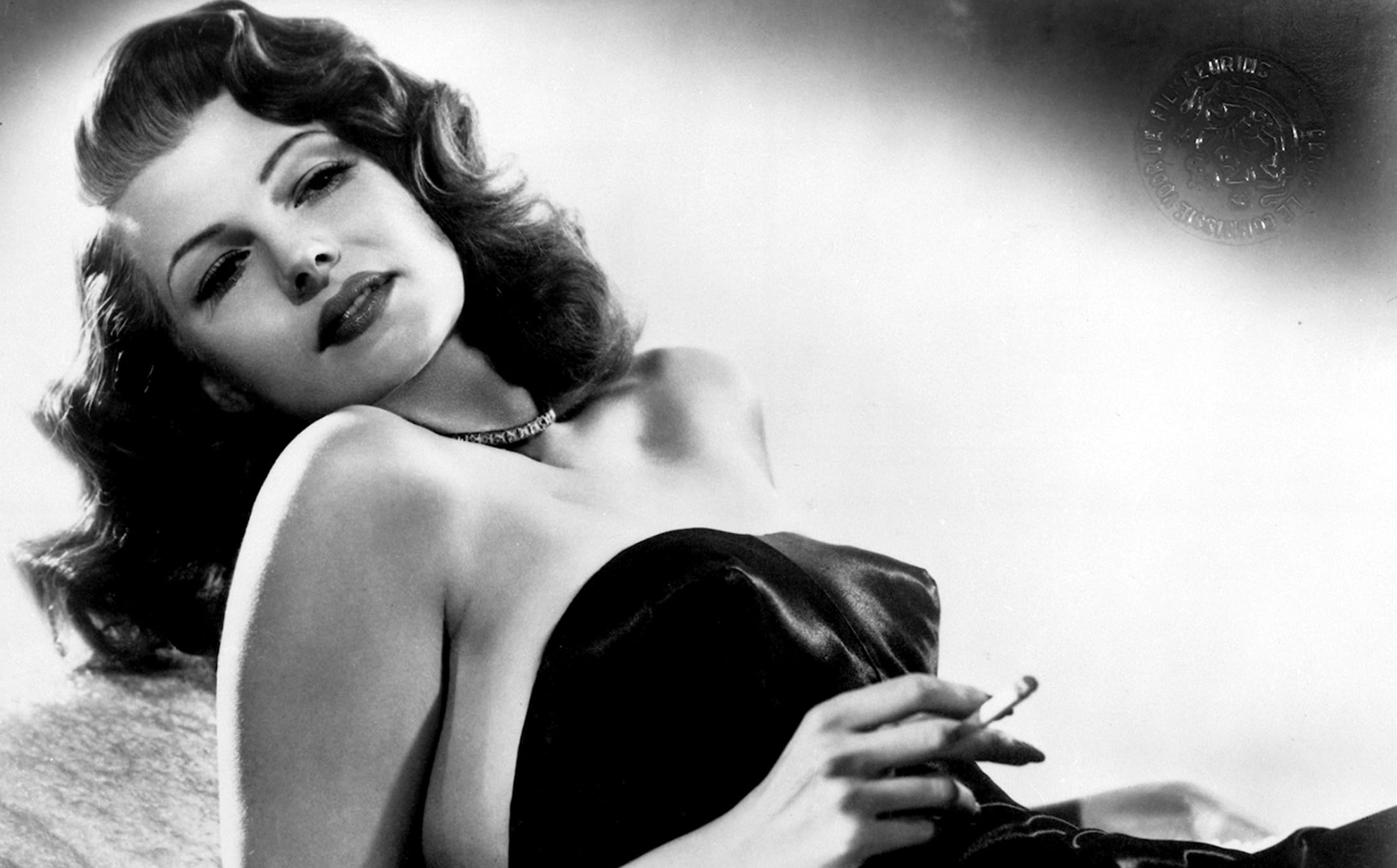
In the beginning
While the femme fatale has been featured in stories for centuries, often portrayed as a deceptive seductress or even a mystical priestess, we usually associate the archetype with film noir. Think Barbara Stanwyck in Double Indemnity, Rita Hayworth in Gilda, and Lana Turner in The Postman Always Rings Twice. These female characters use their sexuality as a form of power over the man in order to get what they want no matter the consequences.
It’s not surprising then that many people at this time (read: men) feared the strength these alluring women possessed, thus the intention of the femme fatale archetype in early Hollywood was to send a message to the masses: women needed to be married and stay home or else they might use their sexuality to their advantage and then what? Well, the world might just lose its head.
Naturally, femme fatales were labeled “no good” for weaponizing their beauty and sexuality. These were women who were often always unmarried and single, who took a wrong turn somewhere in life and were quickly treated as outcasts from society as a result. Back then, the only way a femme fatale could be redeemed for her wily ways was if she claimed innocence or loyalty to her male protagonist and professed her true love, or she was promptly destroyed by jail time or her own death.
Read More: Is Your Screenplay "Too Arch?"

Modern Femme Fatales
Today, the fate and messaging of femme fatales is less puritanical.
Characters like Angelina Jolie in Mr. and Mrs. Smith, Lena Headley as Cersei Lannister in Game of Thrones and Michelle Pfeiffer as Catwoman in Batman Returns are often revered for their physical strength and captivating beauty and charm in order to get what they want from the man in their life.
We can’t help but root for them to win despite them playing for the “other side” of the male protagonist. We might even admire them for going after what they want with as much confidence and conviction that’s usually saved for male characters. We can still despise them, but we also respect them.
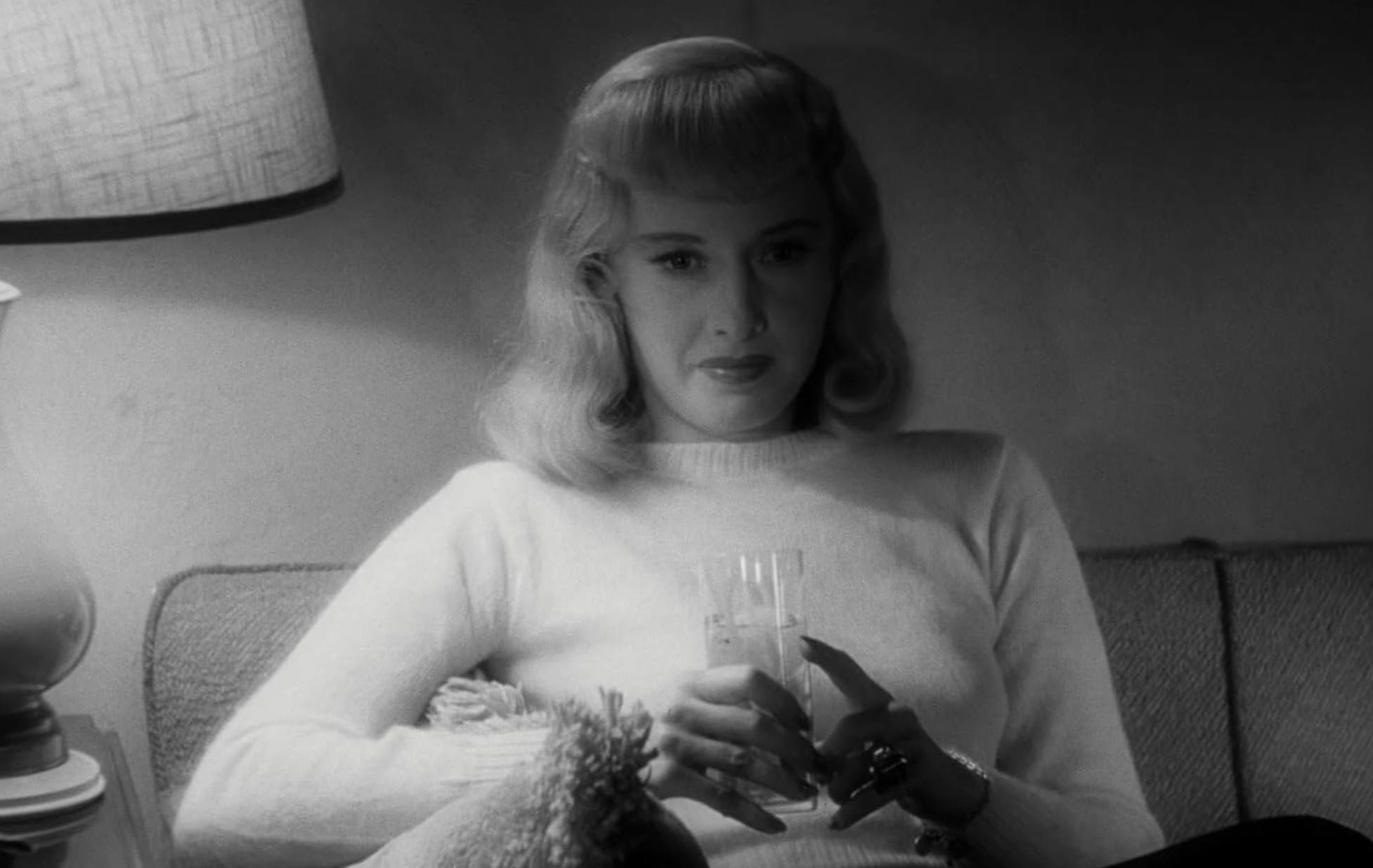
The Complexity of the Trope
What’s tricky about this particular archetype is the obvious sexism attached to it, primarily because most of these femme fatale characters have been written by men.
It can be argued then that this trope is a projection of what men believe a dangerous woman to possess: an unwavering ownership of her sexuality. Take Pfeiffer in Batman Returns for example. What makes her so powerful is not how many backflips she can do.
Nor does Headley’s reign and family in Game of Thrones make her exceptionally influential either. No, it’s how Pfeiffer and Headley use their charisma, beauty and oozing sexuality – in other words, their inherent femininity – that gets them what they want.
However, according to the male gaze, when a woman taps into her feminine power, she’s not usually idolized or revered for it but rather feared and condemned. It’s a diminishing not to mention sexist view of femininity, and can easily reduce the complexity of the character and her stakes.
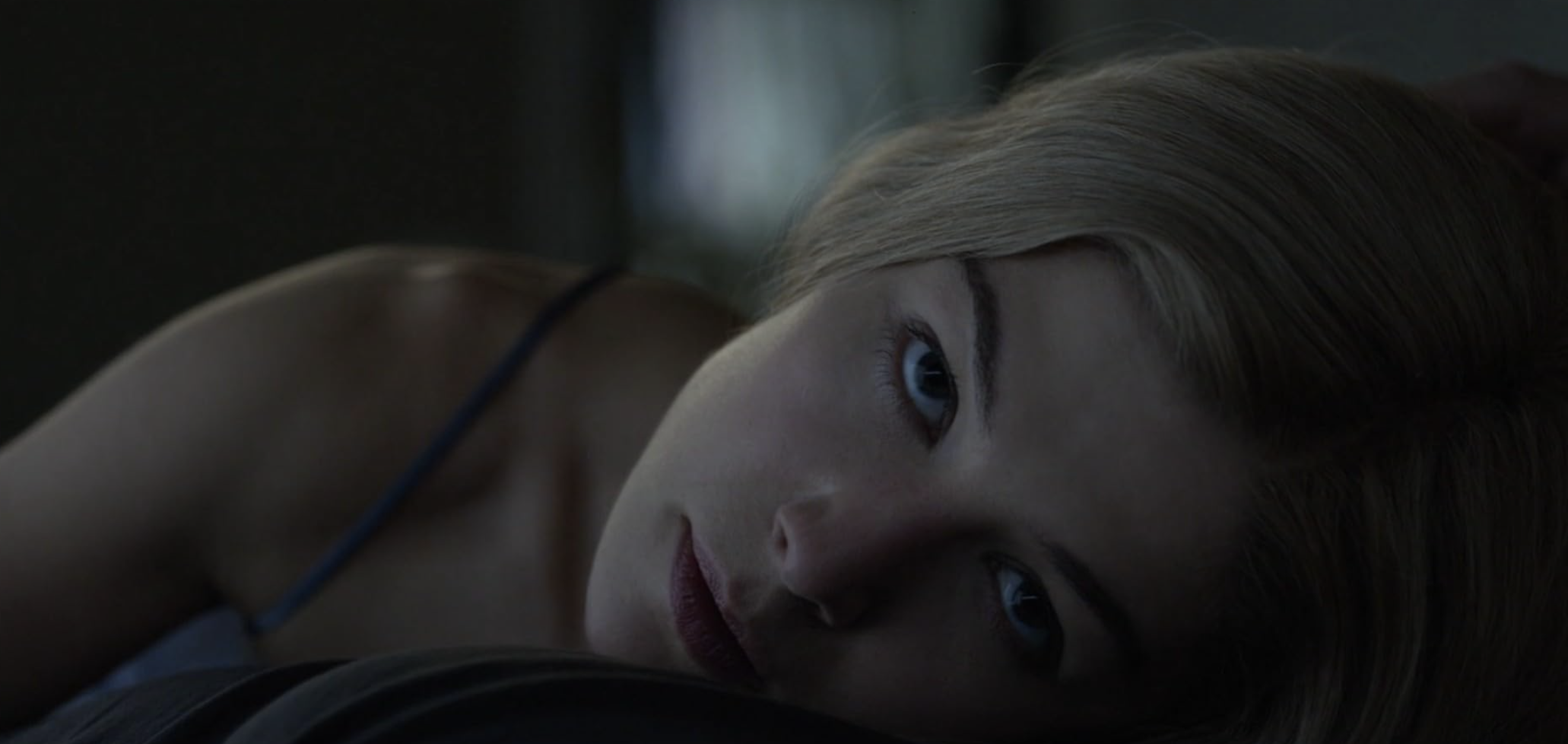
How to Make the Archetype Work in Your Script
Get the dialogue right. Writing the femme fatale is a lesson in subtext. It’s not what she says, but how she says it. She’s telling you what she wants without telling you what she wants. It can be a great way to play with how you write a character’s assertion of power in a way that’s not as overt or obvious. Her power is rooted in her being, and not her doing.
Make the femme fatale the hero. The femme fatale is usually the nemesis or trickster but what if she’s the hero or the anti-hero of your screenplay? What if what she wants is for the good and how she goes about it (meaning using her seductive charms) is exactly right for who she is and the story?
What if it’s sexy and powerful to be sexy and powerful? Spin the tired trope on its head and celebrate the femme fatale’s sexuality. Make it that her inherent beauty, charm, and sexuality are something that’s admirable and respectable, and not reductive. Create complexities in her life but don’t let her sexuality be one of them.
Go deeper. This is true for all characters but the femme fatale perhaps deserves a deeper dive than most. Ask yourself who is this woman? A sexual woman is a fully formed woman. She has flaws and strengths like any other character. Look beyond the sultry facade and create a character that’s truly three-dimensional.
Written by: Brianne Hogan
Brianne Hogan is a freelance writer currently based in Prince Edward Island. A film studies graduate from NYU, her byline's been featured in Creative Screenwriting, ScreenCraft, The Huffington Post, among others. "Jurassic Park" is unashamedly her favorite movie (at this moment). You can follow Brianne on Twitter via @briannehogan

